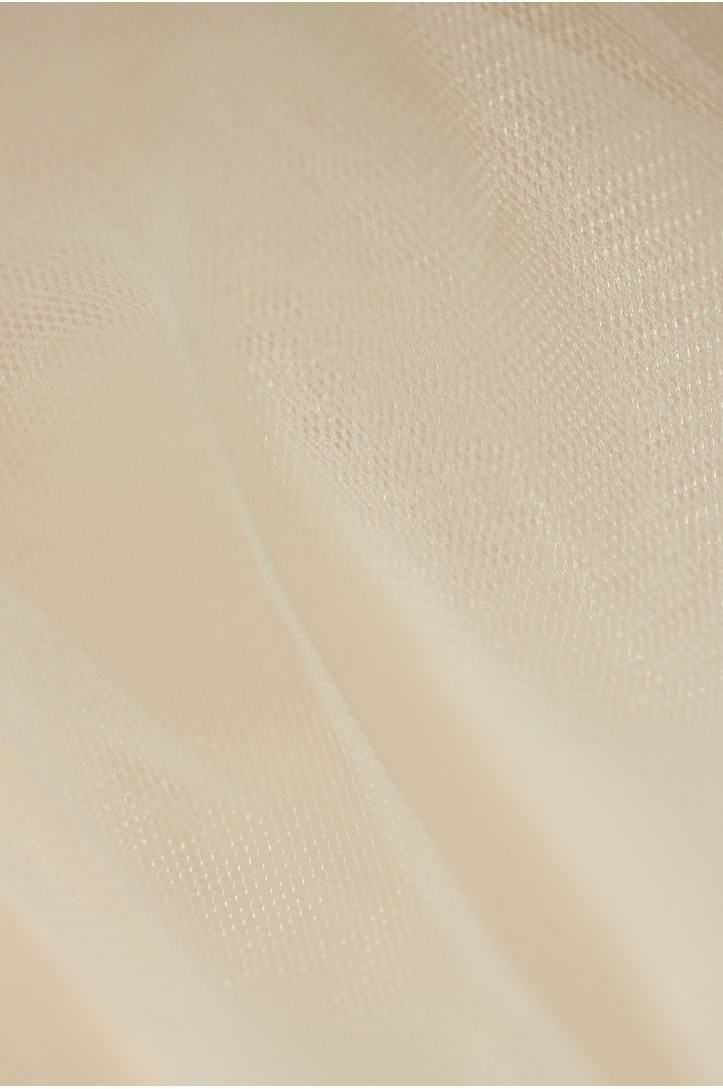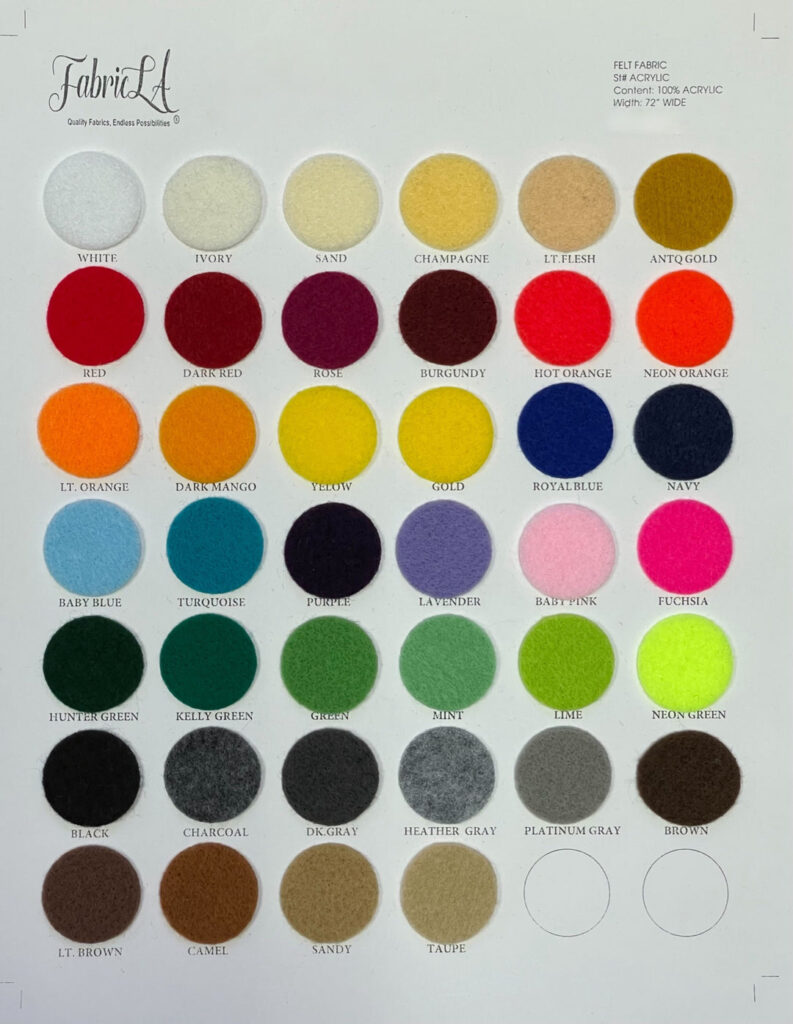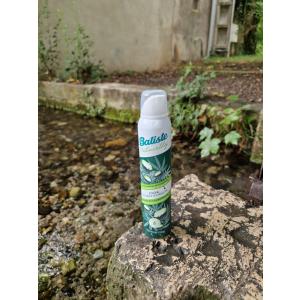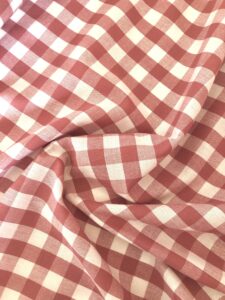What Color Combinations Work with Tulle and Felt?

Introduction
Fabric compatibility is crucial in fashion and sewing to ensure that garments and projects are both aesthetically pleasing and functional. Tulle and felt, two distinct fabrics, can be creatively combined for various applications. In this article, you’ll learn about the compatibility of these fabrics, their properties, and how to successfully mix them in your projects.
Compatibility Analysis
Yes, tulle and felt can work together beautifully. These fabrics complement each other due to their contrasting textures and properties. Tulle is lightweight and sheer, while felt is dense and opaque. This contrast creates visual interest and depth in designs. However, there are key factors to consider, such as texture, weight, stretch, care requirements, and durability.
Tulle’s delicate, airy nature pairs well with felt’s sturdy structure. The non-stretch quality of both fabrics simplifies sewing, but their different weights require careful handling. While tulle requires gentle care, felt is more robust, making the combination both versatile and practical.
Fabric Properties Comparison Table
| Property | Tulle | Felt |
|---|---|---|
| Fiber Content | Synthetic (nylon, polyester) | Natural (wool) or Synthetic |
| Weight and Thickness | Lightweight, sheer | Medium to heavy, dense |
| Breathability | High | Low |
| Stretch and Elasticity | None to minimal | None |
| Wrinkle Resistance | High | Moderate |
| Care Instructions | Hand wash, air dry | Hand wash or dry clean |
| Durability | Moderate | High |
Benefits of Mixing These Fabrics
Combining tulle and felt enhances texture and visual appeal, offering a unique look for garments and decor. The pairing provides improved comfort due to felt’s warmth and tulle’s breathability. Together, they offer a better drape and movement, especially in layered designs. This combination is cost-effective, as both fabrics are generally affordable. Their seasonal versatility allows for creative applications in both warm and cold weather. Design possibilities are vast, from whimsical costumes to sophisticated home decor elements.
Potential Challenges
Mixing tulle and felt can present challenges such as different shrinkage rates and conflicting care requirements. Tulle may shrink more than felt, so pre-washing is advisable. Texture clashes or pilling can occur, and seam puckering is a risk due to the weight difference. Color bleeding or fading might be an issue, particularly with dyed felt. Practical solutions include using stabilizers, testing colorfastness, and employing proper sewing techniques to mitigate puckering.
Sewing & Styling Tips
When sewing tulle and felt together, use a fine needle (size 70/10) and polyester thread for flexibility and strength. Interfacing may be necessary for added structure, especially in felt. Seam finishing methods like French seams or zigzag stitches can prevent fraying. Choose patterns that accommodate both fabrics, such as skirts with felt waistbands and tulle overlays. For styling, consider layering tulle over felt for dimension in garments or using felt as a base for tulle embellishments in home decor.
Care & Maintenance Guide
To care for tulle and felt blends, hand wash in cold water with mild detergent and air dry. Avoid wringing or twisting to prevent distortion. Iron felt on a low setting with a pressing cloth, and steam tulle carefully to remove wrinkles. For stain removal, treat felt with a gentle wool cleaner and spot clean tulle. Long-term care involves storing items in a cool, dry place to prevent damage.
FAQ Section
-
Can you wash tulle and felt together?
Yes, but use cold water and gentle detergent to minimize damage. -
Will tulle shrink more than felt?
Tulle may shrink slightly more, so pre-washing is recommended. -
What needle size should I use for sewing tulle and felt together?
A size 70/10 needle is suitable for both fabrics. -
Can you mix tulle and felt in one garment?
Absolutely, they can be combined for layered and textured designs. -
How do you prevent seam puckering when combining these fabrics?
Use stabilizers and adjust tension settings on your sewing machine. -
Is it okay to mix tulle and felt for upholstery?
While possible, felt is more suitable for upholstery due to its durability. -
What’s the best way to finish seams with these fabrics?
Use French seams or zigzag stitches to prevent fraying and add durability.
Mixing tulle and felt can yield stunning results when approached with care and creativity. By understanding their properties and employing the right techniques, you can create beautiful, functional projects that stand out.



Leave a Reply